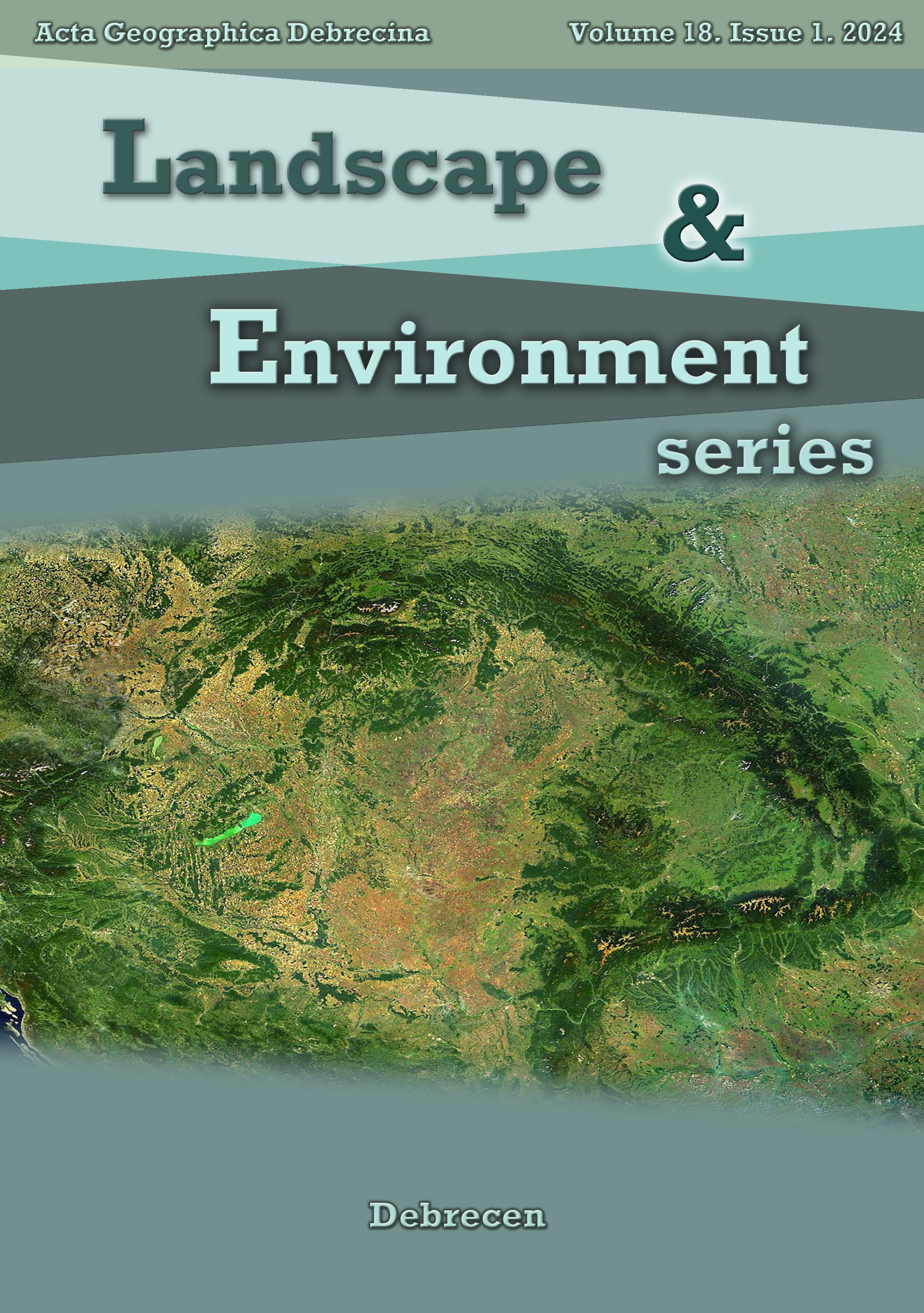Assessment of spatio-temporal waterline changes of a reservoir: A case study of Ujjani wetland, Maharashtra, India
Authors
View
Keywords
License
Copyright (c) 2024 Pooja Ramanuj, Shankar Laware, Nitin Karmalkar

This work is licensed under a Creative Commons Attribution-ShareAlike 4.0 International License.
How To Cite
Abstract
The Ujjani reservoir is an artificial inland wetland and a potential Ramsar site in Maharashtra, India. The present study investigates the changes in the surface water area over time using remote sensing imageries (LANDSAT, LISS-III, Sentinel 2 series) for four decades (1981 to 2021) and the normalized difference water index (NDWI). The study reveals that the overall mean amount and rate of decrease in the surface water area are estimated at 20.50% (44.31 + 30.38 km2) and 0.75% year-1 (1.62 + 1.36 km2year-1), respectively. Furthermore, multiple correlation matrix analysis shows a strong positive correlation between surface water area and rainfall while a weak negative correlation with mean annual temperature (TMAX). Thus, indicating rainfall as the principal factor in inducing changes to the surface water area of the Ujjani wetland. However, the study also finds that the impact of the dramatic rise in population growth and anthropogenic activities in the form of overexploitation and land encroachments for agriculture are gradual but significant cursors to wetland degradation. Hence, the study recommends periodic monitoring, management, and conservation of wetlands, by employing stringent policies and effective technological measures.

 https://doi.org/10.21120/LE/18/1/1
https://doi.org/10.21120/LE/18/1/1